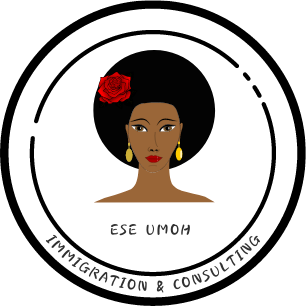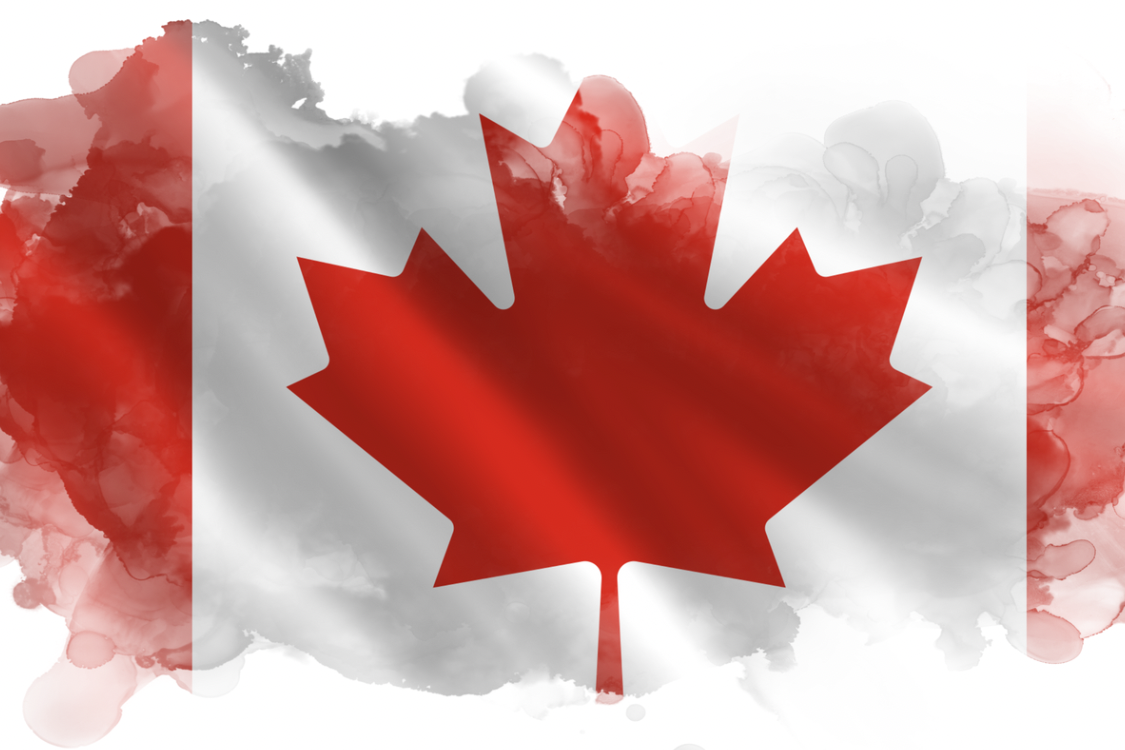Dear future neighbour,
Canada held a special Express Entry draw for healthcare workers on December 11, 2025. This type of draw targets professionals in healthcare and social services because Canada urgently needs skilled workers in these fields.
See below key results of the December 11 Draw
-
Date: December 11, 2025
-
Draw Number: #385 (Healthcare & Social Services)
-
Invitations Issued: 1,000
-
Minimum CRS Cut-Off Score: 476
-
Tie-Breaker Rule: Nov. 26, 2025
What is a Category-Based Draw?
Normally, Express Entry invites candidates with the highest CRS scores, regardless of occupation.
A category-based draw focuses on specific fields, like healthcare, to meet Canada’s labour needs. Only eligible professionals in the targeted occupations can receive invitations, even if their CRS is slightly lower than usual.
Summary of Express Entry draws in 2025
| Date | Draw Type | Number of ITAs | Cut-off CRS score |
|---|---|---|---|
| December 10 | Canadian Experience Class | 6,000 | 520 |
| December 8 | Provincial Nominee Program | 1,123 | 729 |
| November 28 | French language proficiency | 6,000 | 408 |
| November 25 | Canadian Experience Class | 1,000 | 531 |
| November 25 | Provincial Nominee Program | 777 | 699 |
| November 14 | Healthcare and social services | 3,500 | 462 |
| November 12 | Canadian Experience Class | 1,000 | 533 |
| November 10 | Provincial Nominee Program | 714 | 738 |
| October 29 | French language proficiency | 6,000 | 416 |
| October 28 | Canadian Experience Class | 1,000 | 533 |
| October 27 | Provincial Nominee Program | 302 | 761 |
| October 15 | Healthcare and social services | 2,500 | 472 |
| October 14 | Provincial Nominee Program | 345 | 778 |
| October 6 | French language proficiency | 4,500 | 432 |
| October 1 | Canadian Experience Class | 1,000 | 534 |
| September 29 | Provincial Nominee Program | 291 | 855 |
| September 18 | Trade | 1,250 | 505 |
| September 17 | Education | 2,500 | 462 |
| September 15 | Provincial Nominee Program | 228 | 746 |
| September 4 | French language proficiency | 4,500 | 446 |
| September 3 | Canadian Experience Class | 1,000 | 534 |
| September 2 | Provincial Nominee Program | 249 | 772 |
| August 19 | Healthcare and social services | 2,500 | 470 |
| August 18 | Provincial Nominee Program | 192 | 800 |
| August 8 | French language proficiency | 2,500 | 481 |
| August 7 | Canadian Experience Class | 1,000 | 534 |
| August 6 | Provincial Nominee Program | 225 | 739 |
| July 22 | Healthcare and social services | 4,000 | 475 |
| July 21 | Provincial Nominee Program | 202 | 788 |
| July 8 | Canadian Experience Class | 3,000 | 518 |
| July 7 | Provincial Nominee Program | 356 | 750 |
| June 26 | Canadian Experience Class | 3,000 | 521 |
| June 23 | Provincial Nominee Program | 503 | 742 |
| June 12 | Canadian Experience Class | 3,000 | 529 |
| June 10 | Provincial Nominee Program | 125 | 784 |
| June 4 | Healthcare and social services | 500 | 504 |
| June 2 | Provincial Nominee Program | 277 | 726 |
| May 13 | Canadian Experience Class | 500 | 547 |
| May 12 | Provincial Nominee Program | 511 | 706 |
| May 2 | Healthcare and social services | 500 | 510 |
| May 1 | Education | 1,000 | 479 |
| April 28 | Provincial Nominee Program | 421 | 727 |
| April 14 | Provincial Nominee Program | 825 | 764 |
| March 21 | French language proficiency | 7,500 | 379 |
| March 17 | Provincial Nominee Program | 536 | 736 |
| March 6 | French language proficiency | 4,500 | 410 |
| March 3 | Provincial Nominee Program | 725 | 667 |
| February 19 | French language proficiency | 6,500 | 428 |
| February 17 | Provincial Nominee Program | 646 | 750 |
| February 5 | Canadian Experience Class | 4,000 | 521 |
| February 4 | Provincial Nominee Program | 455 | 802 |
| January 23 | Canadian Experience Class | 4,000 | 527 |
| January 8 | Canadian Experience Class | 1,350 | 542 |
| January 7 | Provincial Nominee Program | 471 | 793 |
CRS Score Analysis
The cut-off score of 476 tells us a few things:
-
Competition is strong: Candidates need solid language scores, work experience, and education to reach this level.
-
Healthcare workers get an advantage: Even if your CRS is lower than a general draw, being in a priority occupation like nursing or physiotherapy increases your chances.
-
Tie-breaker matters: Always submit your profile early to avoid missing out if scores are equal.
Candidates just below the cut-off should improve their language scores, gain more work experience, or explore provincial nominations to boost their CRS.
Tips for Healthcare Professionals
-
Keep your Express Entry profile updated with your current occupation and experience.
-
Improve your CRS score: Focus on language tests, additional work experience, or a Canadian job offer.
-
Know your occupation code: Make sure your healthcare role matches the eligible codes for category-based draws.
-
Act quickly: Submit early to meet tie-breaker rules.
The Importance of This Draw
Canada is actively prioritizing healthcare professionals because the country faces labour shortages in essential services. This is a great opportunity for nurses, therapists, and technicians worldwide who want to live and work in Canada.
So far in 2025, IRCC has issued 106,599 Invitations to Apply (ITAs) through the Express Entry system
Looking for expert help with your Canadian immigration journey?
Whether you’re applying for a visitor visa, work permit, or other visa, creating an Expression of Interest (EOI), setting up an Express Entry or Provincial Nominee profile, preparing your application after receiving an Invitation to Apply, or just need a professional review of your self-prepared application, we’re here to guide you every step of the way.
Schedule a 30-minute / 60- minute consultation or contact us at:
info@eseumohimmigration.com











